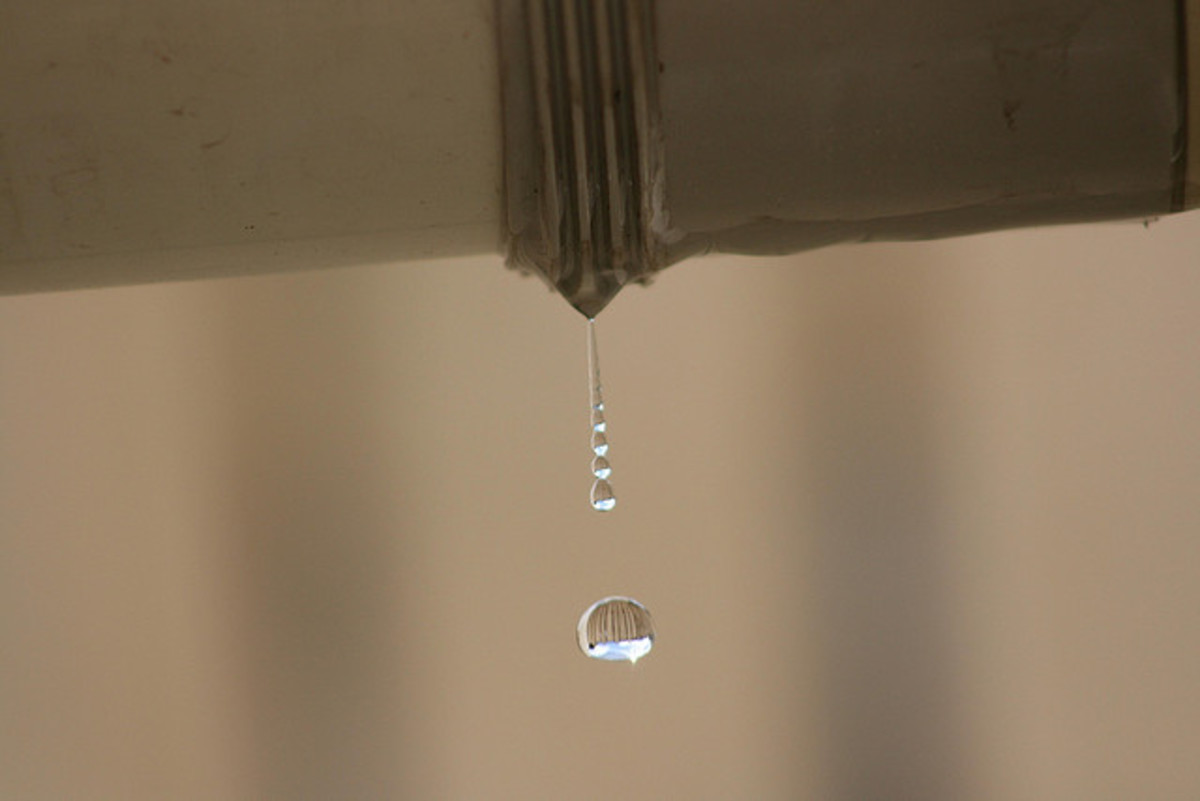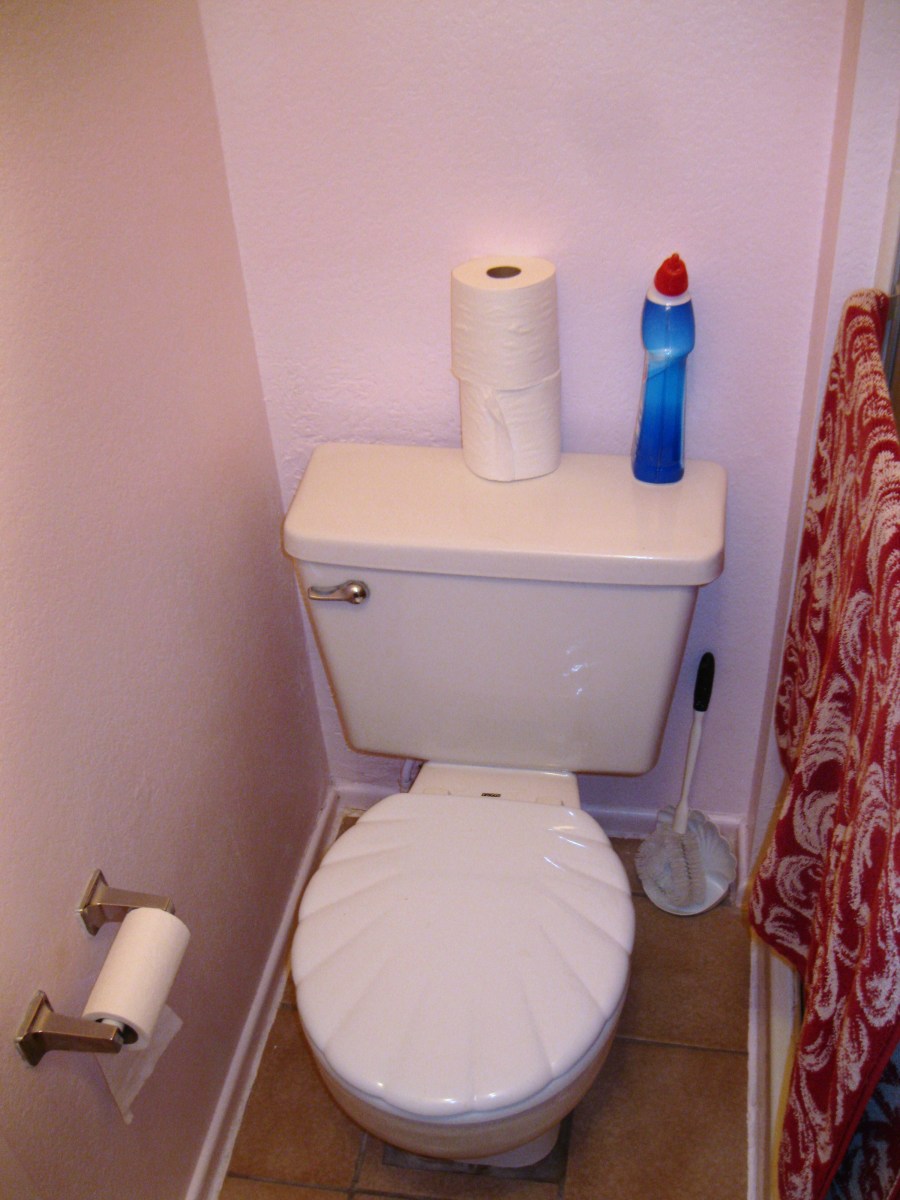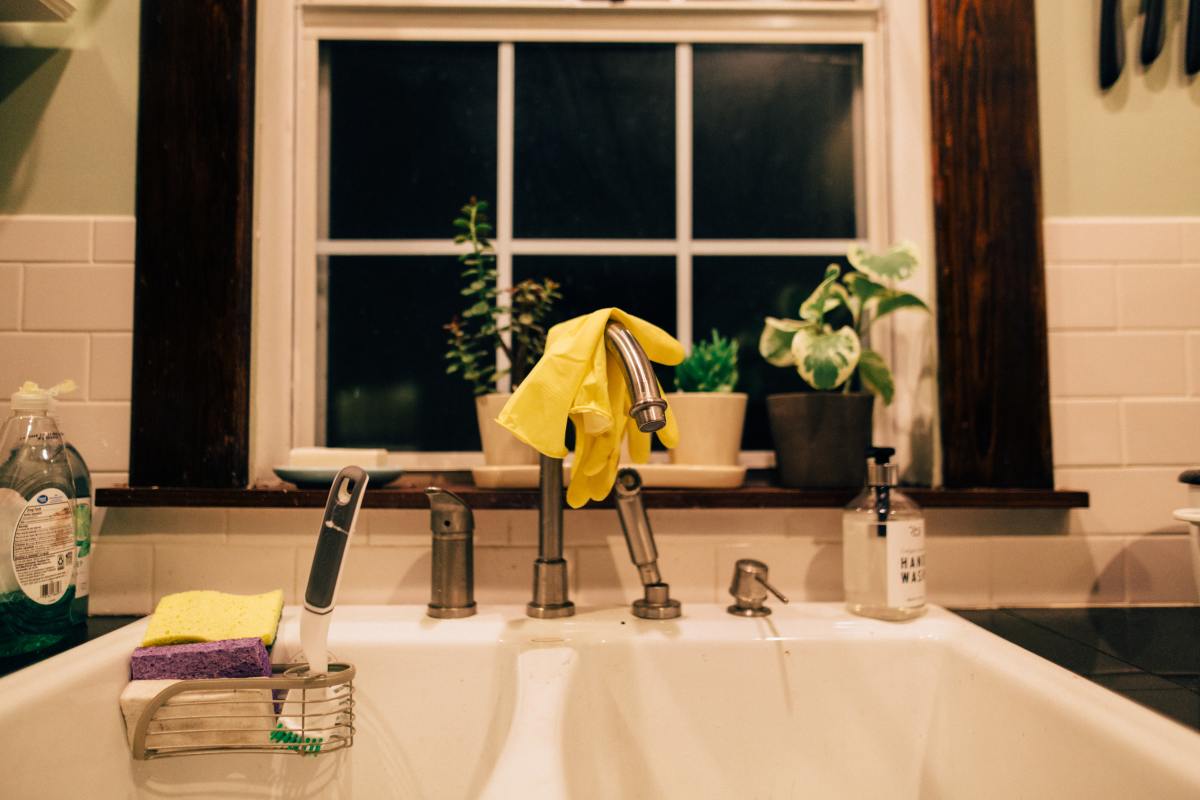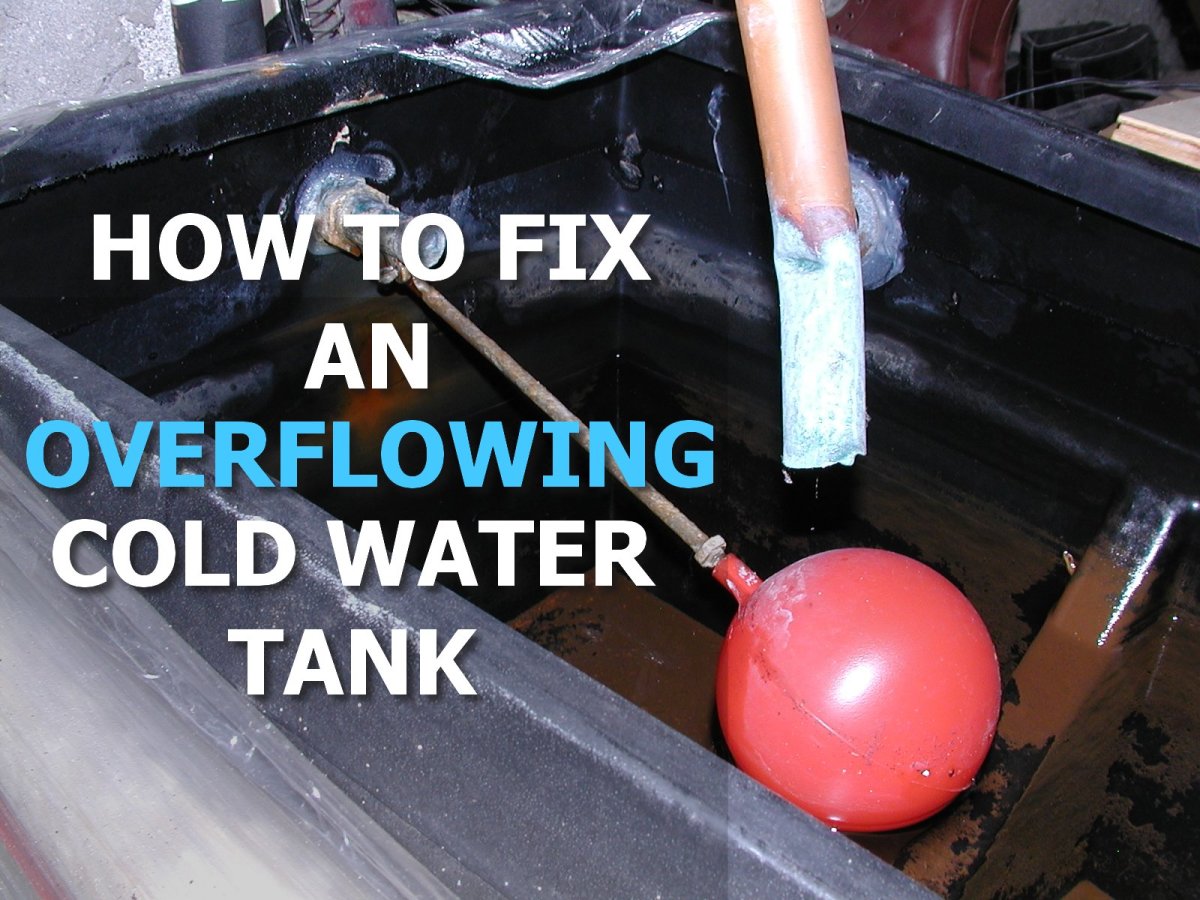When Do People Need to Consider Repiping?
What Is Repiping?
Repiping is the process of replacing existing pipes within a structure. Repiping does not necessarily replacing everything in the building, since brackets and faucets may not need to be replaced. When should you consider repiping?
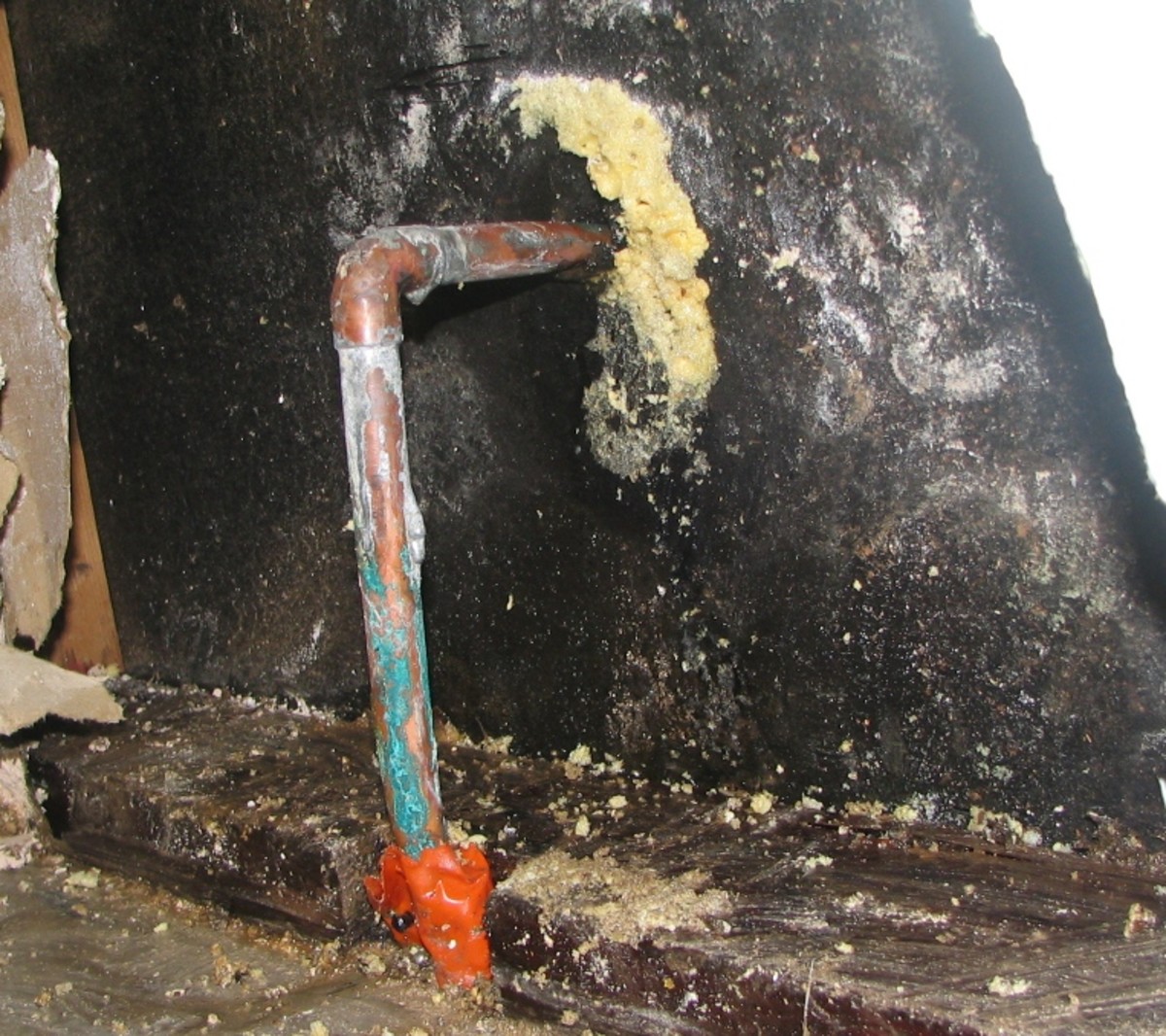
Residential Repiping
Repiping is standard when an old well pipe is cracked or literally worn away. You may need to repipe your existing water well to meet new environmental standards. This is especially true if you have old lead pipes in the well and need to upgrade it to PVC, polyethylene or even steel pipes. You need to have the home repiped to replace polybutylene pipe, which is known to suffer catastrophic failures.
Or consider repiping when converting from a steam based home heating system to one using conventional hot air. Re-piping is necessary when you need to add secondary branches to water or steam systems and the main supply lines have to have branches added. In private homes, a residential re-pipe may involve bypassing an old pipe network to install a functional one that is up to code. The family can then continue using the home as the old pipes are removed at their leisure.
Repiping a home may be necessary when repairs to a foundation make accessing sections of pipe in the foundation impossible.
Repiping is sometimes necessary to reach deeper water sources with more challenging environmental conditions, such as digging a well five hundred feet deeper and needing to use pipes that can withstand greater temperatures and pressures.
Industrial Repiping
Repiping existing process piping allows you to replace worn pipes, reducing the turbulence caused by pitting and related wear and tear in pumps. Repiping pipes as necessary avoids the extended downtime of ripping out and installing brand new pipes.
Repiping along with improvements in heat exchanger design improves their energy efficiency or heat recapture. Replacing old pipes with pipes with lower rates of friction saves energy, since less power is needed to move solids like plastic pellets or liquids like water through the pipes.
Repiping is sometimes necessary when existing pipe networks for steam and water no longer meet code. Strategic repiping may allow you to replace the old pipe without having to invest in brand new infrastructure. Proper repiping can remove process flow bottlenecks without forcing you to replace entire HVAC and water delivery systems.
Repiping can appear to be prohibitively expensive. However, it can be cheaper to repipe existing process flows to route material, steam or water to different machines or equipment like distillers than it is to physically move the equipment to follow the ideal process flow. Don't assume that an entire refining operation, oil rig or water well is bad; could you re-pipe the areas that are failing or corroding and salvage the rest of the equipment? If the new configuration doesn’t work or your process requirements change again, you can repipe the entire facility yet again instead of moving equipment worth millions of dollars and facing weeks of downtime.
For those who rely on lake water, repiping is a final solution to clearing the water intake when it is utterly blocked by mollusks. When you can no longer afford to keep sending someone down to manually scrape away the mussels and clams, you may need to consider repiping - ripping out the new pipe and installing a new pipe with biocides or one engineered to repel mollusks.
Or you may need to install new pipe with anti-friction coating so that the water intake is smoother, faster and requires a smaller, more energy efficient pump. Re-piping specific sections could allow you to install pipe sections with built in flow meters, environmental sensors, control valves, safety valves or water filters.

